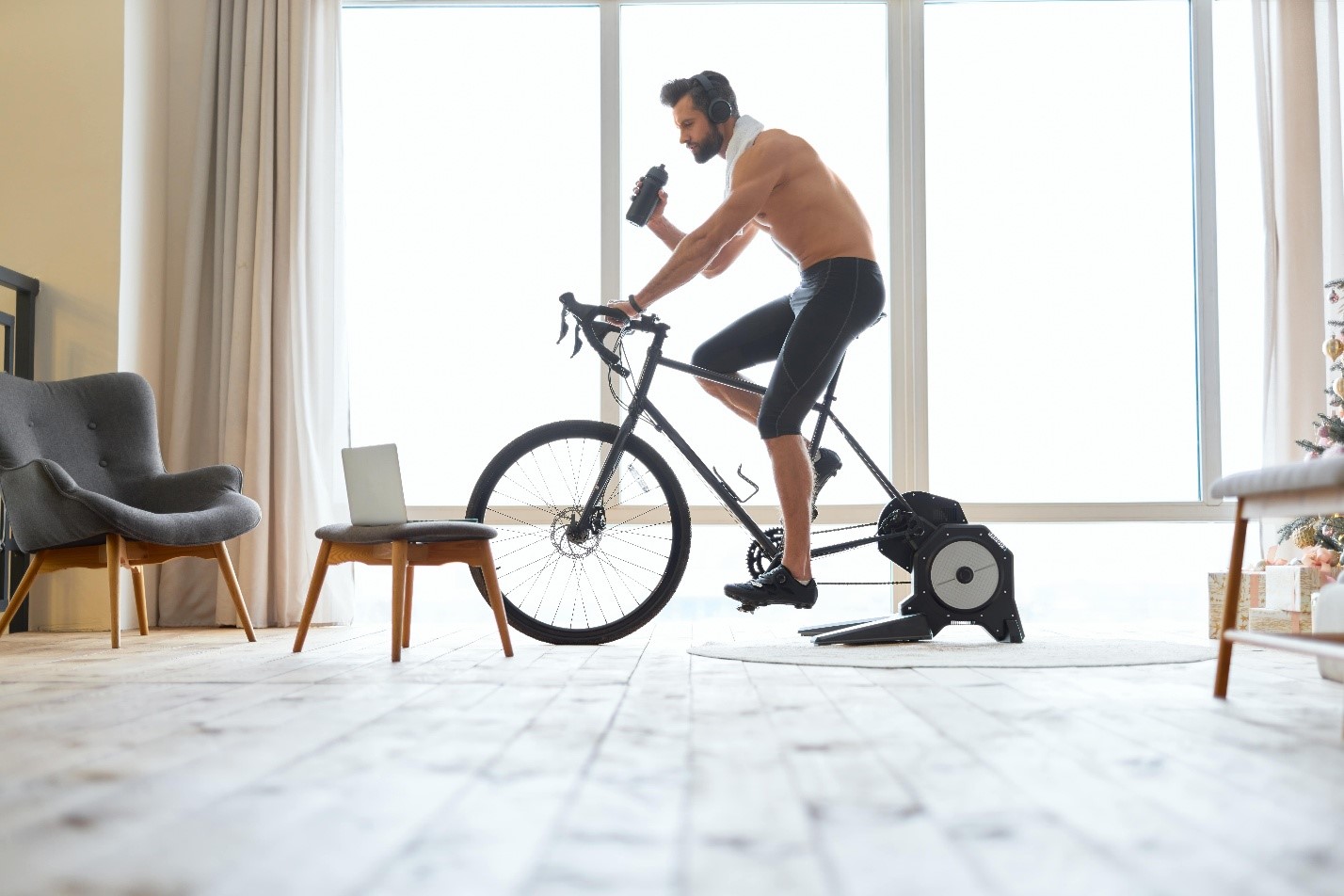As the seasons shift and colder weather sets in, staying active becomes a challenge for outdoor sports enthusiasts. Cyclists and tennis players, accustomed to the freedom of open roads and courts, often find it challenging to maintain their routines during the winter months. However, with a little creativity and the right equipment, you can keep your training on track and even improve your skills during the off-season. Michael Koffler of Shrub Oak International School shares practical strategies for adapting to seasonal changes and maximizing indoor training for cyclists and tennis players.
The Challenges of Winter Training
Cold temperatures, icy surfaces, and shorter daylight hours can significantly impact outdoor activities. For cyclists, slippery roads and freezing winds make riding outdoors less appealing and, in some cases, unsafe. Tennis players face similar hurdles as outdoor courts become unusable due to snow or rain, and harsh weather discourages play.
Indoor training, therefore, becomes an essential alternative. Beyond simply being a seasonal adjustment, it also offers a chance to focus on specific skills, improve strength, and maintain fitness levels in a controlled environment.
Indoor Training for Cyclists
Cycling indoors is easier than ever, thanks to advancements in technology and equipment. Here are some key methods and tools to keep your pedaling through the winter:
1. Embrace the Stationary Bike
Stationary bikes, from basic models to advanced smart trainers, offer an excellent way to replicate outdoor cycling indoors. Smart trainers, in particular, can connect to training apps like Zwift, TrainerRoad, or Peloton, allowing you to ride virtual routes, participate in group rides, or follow structured training plans.
Tips for Effective Use:
- Set Goals: Define what you want to achieve—whether it’s endurance, speed, or strength—and tailor your sessions accordingly.
- Vary Workouts: Mix long rides with high-intensity interval training (HIIT) to avoid monotony and build different aspects of fitness.
- Maintain Comfort: Use a fan, wear moisture-wicking clothing, and invest in a padded saddle cover to improve your indoor riding experience.
2. Build a Dedicated Training Space
Designating a specific area in your home for cycling can help you stay consistent. Include essentials like a mat to catch sweat, a fan for ventilation, and a water bottle within easy reach.
3. Incorporate Cross-Training
Indoor cycling doesn’t need to dominate your routine. Adding strength training or yoga can enhance your overall performance by improving muscle balance, flexibility, and core stability.
Indoor Training for Tennis Players
While outdoor tennis courts might be inaccessible, indoor facilities and creative solutions ensure you can continue improving your game during the winter.
1. Find an Indoor Court
Indoor tennis facilities are a lifesaver for winter training. Many offer memberships or hourly rentals. These courts typically have consistent conditions, allowing you to focus on refining your technique without worrying about wind or weather.
Tips for Indoor Play:
- Focus on Fundamentals: Use this time to work on strokes, footwork, and serve accuracy.
- Practice Drills: Partner with a coach or another player for structured drills that improve reaction time and consistency.
- Simulate Match Play: Arrange friendly matches or join leagues to keep your competitive edge sharp.
2. Use a Tennis Ball Machine
If court availability is limited, a tennis ball machine can help you work on your technique solo. Set it up to practice specific shots like volleys, lobs, or groundstrokes.
3. Adapt Your Space for Mini-Tennis
Even if you can’t access an indoor court, you can create a mini-tennis setup at home. Use foam or low-compression balls, a smaller net, or even a makeshift barrier in your garage or basement to simulate play.
4. Work on Fitness and Agility
Tennis demands explosive movements, agility, and endurance. Use the off-season to focus on drills that improve your speed and coordination, such as ladder drills, cone drills, or plyometric exercises.
Combining Indoor Training with Skill Development
Winter training is an opportunity to not only maintain fitness but also to refine your technical skills. Both cyclists and tennis players can benefit from video analysis during this period. Recording your movements allows you to identify inefficiencies and make adjustments that may have been overlooked during the outdoor season.
Additionally, consider working on mental skills like strategy and focus. For cyclists, this might mean studying race tactics, while tennis players could review match footage or practice visualization techniques.
The Role of Technology in Indoor Training
The rise of smart devices and training apps has revolutionized indoor sports. Cyclists can experience virtual group rides or structured training programs using apps like Zwift or Rouvy. Similarly, tennis players can use video tutorials, online coaching platforms, or virtual reality tools to simulate match scenarios and improve gameplay.
Wearable technology, like heart rate monitors or power meters, can further enhance training by providing real-time data on performance, helping you track progress and adjust your efforts effectively.
Maintaining Motivation During the Winter Months
Staying motivated can be challenging when training indoors. To keep your enthusiasm high:
- Set Short-Term Goals: Break down larger objectives into smaller, attainable milestones.
- Join a Community: Participate in group training sessions or online communities to stay connected with like-minded individuals.
- Mix It Up: Rotate between different training methods and incorporate fun activities to prevent burnout.
- Celebrate Progress: Reward yourself for hitting milestones, whether it’s a new personal best on the bike or mastering a tricky tennis shot.
Seasonal changes don’t have to hinder your training. By embracing indoor alternatives and leveraging technology, cyclists and tennis players can stay active, improve their skills, and maintain peak performance throughout the colder months. The key is to approach indoor training with the same dedication and creativity as your outdoor sessions, ensuring you emerge from winter stronger, fitter, and ready to take on the challenges of the next season.
